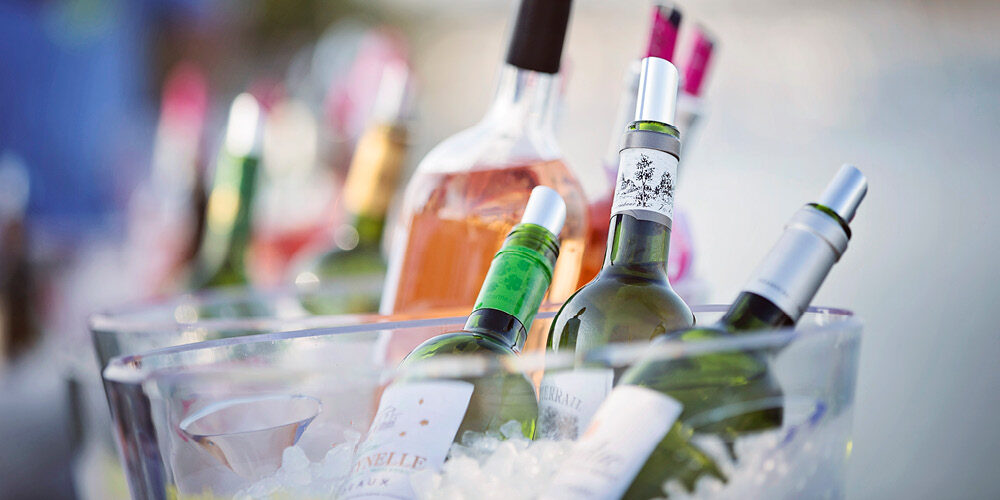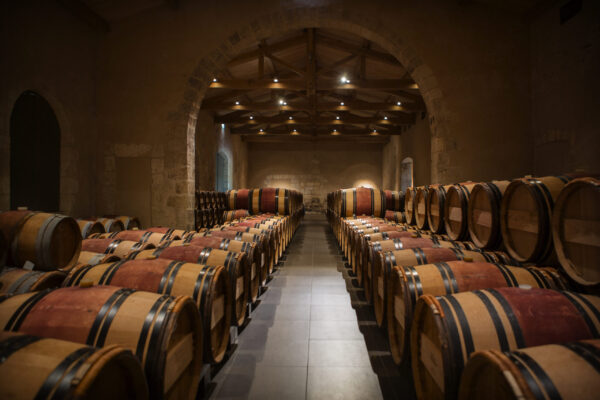In addition to the quality of the wine selected, two elements are key for the enjoyment of wine – these are aeration and service temperature. The latter is fundamental and can radically change a wine. The right service temperature will make a wine more enjoyable, and vice versa. Here French master sommelier Laurent Derhé shares his tips on service conditions so that you can at last serve wine in the most perfect way.
How temperature affects the quality of wine
Technically speaking, several aspects are important if you want to enjoy a wine at its best. From an aromatic point of view, the wine mustn’t be too cold, otherwise its aromas will not show. If you want the volatile compounds to be released, you need the right temperature. If this temperature is too high, it will affect the palate and result in an over-powering impression of alcohol in the finish. Plus, if you serve wines too cold, their texture will seem firm, the tannins may be hard and white wines will seem thinner, rougher and less creamy.
What service temperature for white wines?
If a white wine is served too warm, its acidity will be unpleasantly marked. Inversely, if you serve it too chilled, you won’t experience the wine’s full aromatic range, texture or richness. The sweetness, roundness and body of a wine all depend on the service temperature.
Therefore to enjoy a white wine, it mustn’t be too cold (that is, never under 8°C), or too warm to keep the natural acidity at a pleasant level. The right temperature is somewhere in the middle. The more lively and dry a wine is, the more you will want to calm its acidity by serving it well-chilled, at between 8°C and 11°C. Full-bodied white wines like Hermitage, Condrieu and other premium Burgundy whites have quite a lot of texture. In order not to spoil this, you should serve them preferably from 11°C to 13°C. When tasting a white wine, temperature is truly fundamental.
What service temperature for red wines?
If a red wine is served too cool, the tannins become angular and as with white wines, their texture is spoiled. You also need to be careful not to serve them too warm. Above 20°C, you’ll be left with an impression of alcohol on the palate. To really appreciate a red wine, it is better to serve it slightly chilled. This will give some juiciness to the wine.
We unfortunately tend to serve red wines a little too warm. It is often said that red wine should be served at room temperature. Yet, without central heating, this should be 16° C or 17°C, and not the 22°C of our houses of today.
The right service temperature for a red wine is from 14°C, for a fresh, light and fruity wine like Beaujolais Villages, and 18°C for a more powerful, full-bodied wine like Châteauneuf-du-Pape.
So take care not to serve a red wine too warm, nor a white wine too cold. Remember, the right temperature is between 8°C and 13°C for white wines and between 14°C and 18°C for red wines.
To learn more
Controlling the service temperature exactly to the degree can be tricky in practice, but the D-Vine can be a great help in this department.
The D-Vine gives us this possibility to achieve the right temperature, because you don’t serve a light or fruity red wine at the same temperature as a more powerful, full-bodied one. Both temperature and aeration are crucial and the D-Vine allows us to achieve an optimum result.” Laurent Derhé, French master sommelier



